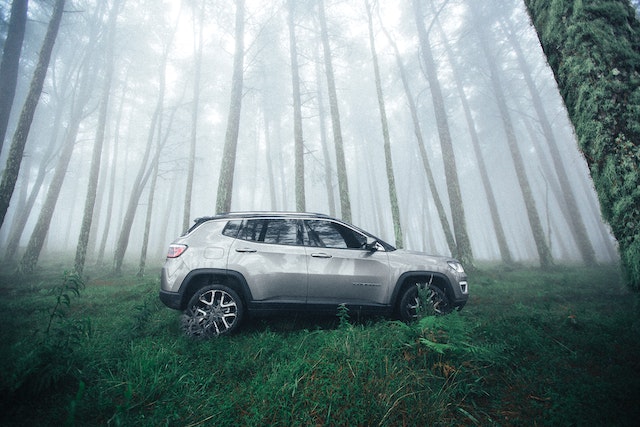
While auto insurance may seem pricey, it provides crucial security for you, your family, and everyone else on the road. Driving without it is also illegal in most regions. However, it might be hard to justify the expense if the available coverages are unclear and rarely utilized.
There are various ways to reduce the cost of car insurance. The first is to explore multiple insurers and compare prices rather than settling for the first one you see. To find insurance companies, start by looking in your residence area. For example, if you’re from Barrie, ON, to make sure you choose the best Barrie car insurance company, research all the local options and hire a reputable broker to help you choose the one with the best quotes.
Taking a moment to assess your current situation and the types of protection you already have may also help you save money. If you want to better understand your policy and make some changes, here are five types of auto insurance coverage and what’s important to know about them.
Collision Insurance
Collision insurance covers damage to your car caused by a collision, whether it was with another car or a fixed object like a railing.
Regardless of who was at fault, collision coverage pays for the repair or replacement of your car. You are responsible for paying the deductible, which is the amount of money you must pay before your insurance company will cover the remainder. It is up to you to choose how much of an annual deductible you will have.
While raising your deductible may reduce your monthly vehicle insurance premium, it increases your out-of-pocket costs in the event of an accident. The average deductible is between $500 and $1,000, but it may also be as high as $5,000.
Comprehensive Auto Insurance
Comprehensive auto insurance protects your car against dangers other than collisions, such as theft, fire, and vandalism. It is a sort of coverage that is not required but can be purchased if you want to safeguard your car while you are not using it.
For example, if your vehicle was stolen, damaged, then later discovered and returned to you, you might submit a comprehensive insurance claim with your insurance provider to pay the cost of any repairs.
Gap Insurance
If you have guaranteed auto protection (GAP) insurance and your vehicle is totaled, you will be reimbursed the difference between the amount your insurer pays out and the balance of your loan or lease. This is supplementary insurance to your primary policy that protects you from being “upside down” or “in negative equity” if your vehicle is totaled. Several insurance companies and your car dealership both provide GAP coverage. In addition, GAP insurance necessitates the inclusion of both collision and comprehensive coverage on your policy.
Umbrella Insurance
Umbrella insurance protects against legal claims that are higher than those covered by standard property and casualty insurance. So, if you don’t have adequate liability protection on either your vehicle or house policies, an umbrella insurance policy may fill up the gap to assure you won’t be paying out-of-pocket for expenditures such as legal fees, medical bills, and compensatory damages.
This insurance can also shield you against liability concerns that aren’t covered by standard vehicle and house policies. A good example of a situation in which umbrella insurance may come in handy is if you were sued for defamation of character. In addition, the coverage is not restricted to the policyholder; rather, it might extend to include other members of the family.
Purchasing an individual umbrella policy may be a cheap and efficient method to get extensive insurance protection. This is because supplementary insurance cannot be purchased until you have main coverage, such as auto and house insurance. This type of insurance coverage may provide you the peace of mind you need in the event of a lawsuit, no matter how remote the possibility of you being sued may appear.
Usage-Based Insurance
Usage-based insurance (UBI) makes use of telematics technology, which combines informatics with telecommunications. It involves either telematics devices placed inside a car or through an app on your smartphone to sign up for a usage-based insurance program.
Both systems collect information about how you drive, including speed, direction changes, distance traveled, and braking. Your insurance provider will see this information as proof that you are a safe driver and will reward you with lower premiums.
Final Thoughts
There are many different kinds of auto insurance to choose from, and each policy is important in its own special manner. Even so, it doesn’t necessarily mean you need to have it all, so it’s important to review your individual insurance plan to see if there’s anything you can adjust.